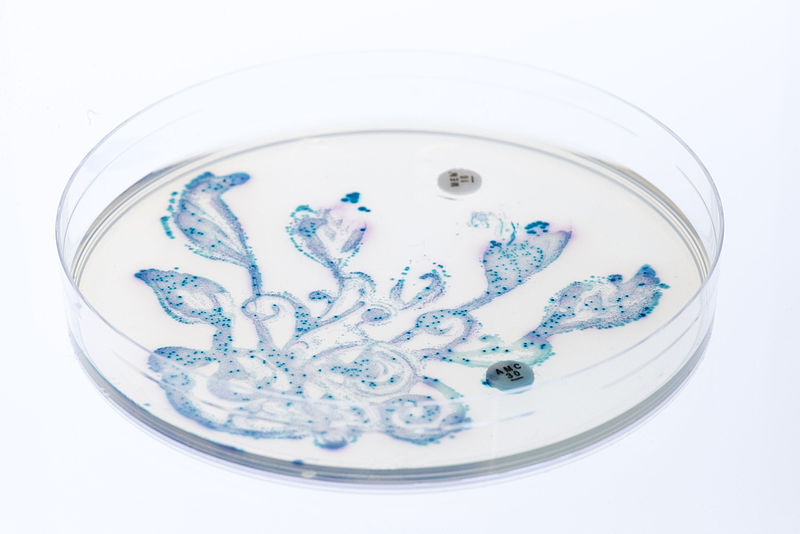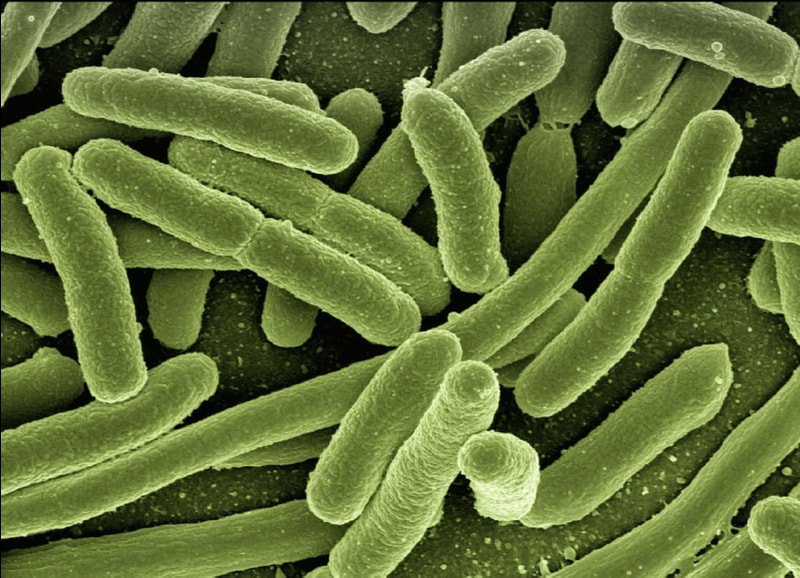What's in Your Sunscreen?
Summer is fast approaching, which means people are going to be spending more time outside in the sun. Although this may help remedy the quarantine blues, extensive exposure to the sun’s ultraviolet (UV) rays can cause skin cancer, an uncontrollable division of skin cells. Therefore, it is important to use protective measures such as sunscreen to shield the skin from the sun’s UV rays. Broad-spectrum sunscreens are designed to protect the skin from two main types of UV rays: ultraviolet A (UVA) and ultraviolet B (UVB) rays.
The UV rays that reach the Earth’s surface are mostly made up of UVA rays, which can penetrate deep into the skin. On the other hand, most of the UVB rays emitted from the sun are absorbed by the Earth’s ozone layer and UVB rays do not reach as deeply into the skin as UVA rays. With that being said, both UVA and UVB rays are able to reach the Earth’s surface and damage the skin, potentially causing sunburns, premature skin aging, and increased risk of skin cancer. As a result, sunscreens have been formulated with chemicals that can block UV rays in order to protect the skin.
Currently, the Food and Drug Administration (FDA) has approved 16 different sunscreen ingredients formulated to protect against UVA and/or UVB rays. Eight of the most common active ingredients (found on the back of sunscreen bottles) are octocrylene, oxybenzone, avobenzone, octinoxate, octisalate, homosalate, zinc oxide, and titanium dioxide. Different manufacturers use different combinations and proportions of these ingredients, which may result in different levels of sunscreen effectiveness.
The UV rays that reach the Earth’s surface are mostly made up of UVA rays, which can penetrate deep into the skin. On the other hand, most of the UVB rays emitted from the sun are absorbed by the Earth’s ozone layer and UVB rays do not reach as deeply into the skin as UVA rays. With that being said, both UVA and UVB rays are able to reach the Earth’s surface and damage the skin, potentially causing sunburns, premature skin aging, and increased risk of skin cancer. As a result, sunscreens have been formulated with chemicals that can block UV rays in order to protect the skin.
Currently, the Food and Drug Administration (FDA) has approved 16 different sunscreen ingredients formulated to protect against UVA and/or UVB rays. Eight of the most common active ingredients (found on the back of sunscreen bottles) are octocrylene, oxybenzone, avobenzone, octinoxate, octisalate, homosalate, zinc oxide, and titanium dioxide. Different manufacturers use different combinations and proportions of these ingredients, which may result in different levels of sunscreen effectiveness.
Image Source: Bruno Scramgnon
One study researched how well the eight most common FDA-approved sunscreen ingredients block UVA and UVB rays, as well as how effectively they prevent the development of skin cancer. The researchers found that no single ingredient on its own was able to provide total protection against UVA and/or UVB exposure. Avobenzone and combinations of multiple ingredients that included avobenzone (avobenzone and octinoxate; avobenzone, octocrylene, and titanium dioxide) were found to be the most effective ingredients capable of providing over 60% protection against UVA rays. Conversely, the most effective ingredients capable of providing over 60% protection against UVB rays were also identified: octinoxate, zinc oxide, a mixture of avobenzone and octinoxate, a mixture of octocrylene and zinc oxide, and finally a mixture of avobenzone, octocrylene, and titanium dioxide.
Ultimately, the combination of avobenzone, octocrylene, and titanium dioxide was shown to be the most effective in blocking both UVA and UVB rays, providing 81% protection against both UVA and UVB exposure. This ingredient combination was also found to be the most effective (over 99%) at reducing the size of skin tumors in mice, meaning this combination effectively prevents the development of skin cancer. Lastly, the researchers found that sunscreen formulations capable of blocking both UVA and UVB rays (as opposed to only blocking either UVA, UVB, or UVA and UVB partially) prevented skin damage overall.
Other factors such as sun protection factor (SPF), type of activity, and how frequently sunscreen is applied and reapplied also impact the effectiveness of sunscreen. Nonetheless, it is important to check the ingredients before purchasing sunscreen to make sure that it will provide adequate protection. In general, sunscreens labeled as “broad-spectrum” contain ingredients that protect against both UVA and UVB rays as well as decrease the risk of skin cancer. But more research is still needed in order to formulate more sunscreens that can provide complete protection against UV rays.
Ultimately, the combination of avobenzone, octocrylene, and titanium dioxide was shown to be the most effective in blocking both UVA and UVB rays, providing 81% protection against both UVA and UVB exposure. This ingredient combination was also found to be the most effective (over 99%) at reducing the size of skin tumors in mice, meaning this combination effectively prevents the development of skin cancer. Lastly, the researchers found that sunscreen formulations capable of blocking both UVA and UVB rays (as opposed to only blocking either UVA, UVB, or UVA and UVB partially) prevented skin damage overall.
Other factors such as sun protection factor (SPF), type of activity, and how frequently sunscreen is applied and reapplied also impact the effectiveness of sunscreen. Nonetheless, it is important to check the ingredients before purchasing sunscreen to make sure that it will provide adequate protection. In general, sunscreens labeled as “broad-spectrum” contain ingredients that protect against both UVA and UVB rays as well as decrease the risk of skin cancer. But more research is still needed in order to formulate more sunscreens that can provide complete protection against UV rays.
Image Source: marijana1
RELATED ARTICLES
|
Vertical Divider
|
Vertical Divider
|
Vertical Divider
|






